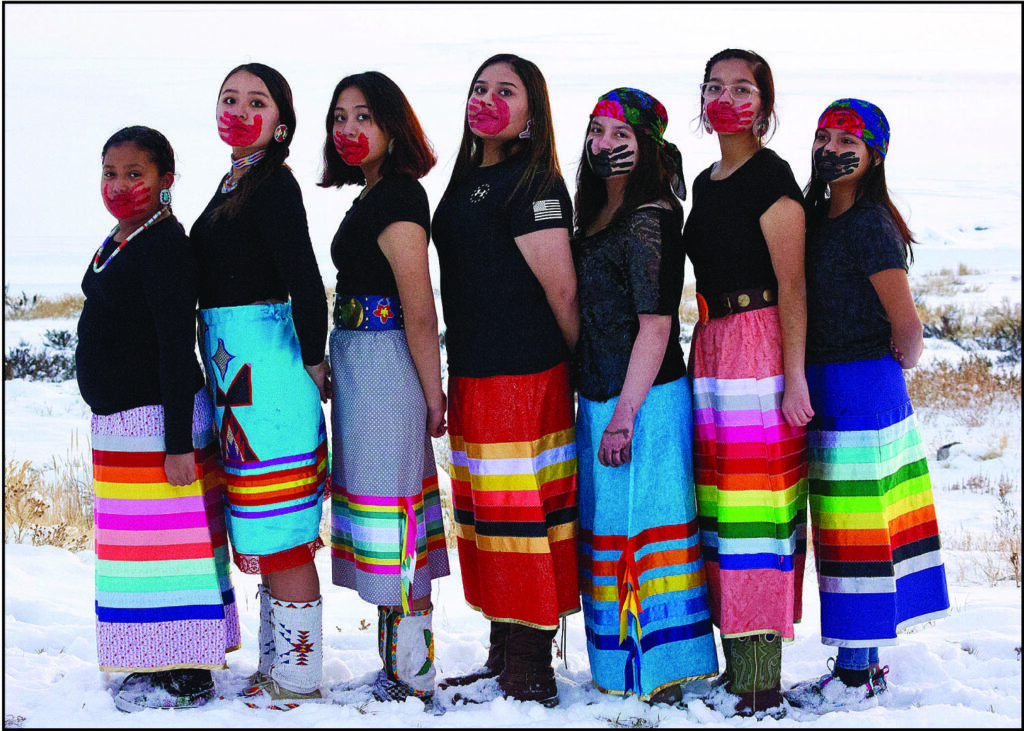Wyoming MMIP report
WYOMING – The “Missing and Murdered Indigenous People” report which was prepared by the Wyoming Survey and Analysis Center on behalf of Wyoming Gov. Mark Gordon’s Missing and Murdered Indigenous Persons Task Force has been published.
“Despite representing less than 3% of the state’s total population, Indigenous people represent 21% of Wyoming’s homicide victims,” the report said in its findings.
It also reported that between 2011 and 2020, Indigenous people were listed in 22 out of the 23 counties in Wyoming, and only 5 of the 710 Indigenous people reported missing in that time were recorded in the National Missing and Unidentified Persons System.
The report reached out to 13 different administrative and archival databases to determine the number of Indigenous people reported missing or murdered in Wyoming. Of the 13, which included sources like the FBI, BIA, and local police departments, only 3 (National Crime Information Center, National Missing and Unidentified Persons System, and Wyoming Department of Health Vital Statistics Services) were able to provide information that could be utilized by researchers.
Within the data received, the report noted several obstacles that needed to be taken into account. Among the obstacles was racial misclassification (which researchers found at least two cases of), data suppression and small sample size, data gaps, and accessibility.
It also referenced disaggregation which is the combination of an individual’s multiple races into an “other” category. Disaggregation made headlines on election night in 2020 when CNN classified Native Americans as “Something Else”. The Wyoming Survey and Analysis Center found 100 people classified as “unknown” in their data.
The report also showed findings on the difference of media coverage between missing and murdered Indigenous people and white people. The researchers analyzed 154 different newspaper articles.
After analyzing 154 newspaper articles, the report concluded that Indigenous homicide victims were more likely to have negative character framing, violent language, and generalization of the event. White homicide victims were more likely to have positive character framing and exact details of the incident.
In regards to missing people within the media, the study analyzed 684 newspaper articles from 20 different publications in Wyoming. The results were that Indigenous people who were missing were more likely to receive media attention after they were found dead but white people who were missing were more likely to receive media attention while they were still missing.
“Altogether, the findings in this report convey a need for increased recognition and understanding of the MMIP epidemic by law enforcement, the government, the media, and the public,” the report concludes.
“Sadly, these findings are not unique to Wyoming,” it continues. “As seen in other states, missing and murdered Indigenous people are not geographically bound to tribal lands. They are present in urban centers, rural areas, and all places in between. The pervasiveness of the problem suggests that the MMIP crisis is systemic and can be best addressed using all the federal, state, and local recourses available in coordination with tribal communities.”
The report can be read in its entirety at wysac.uwyo.edu/wysac/reports/View/7713.
(Contact Travis at travisldewes@gmail.com)
The post Wyoming MMIP report first appeared on Native Sun News Today.

